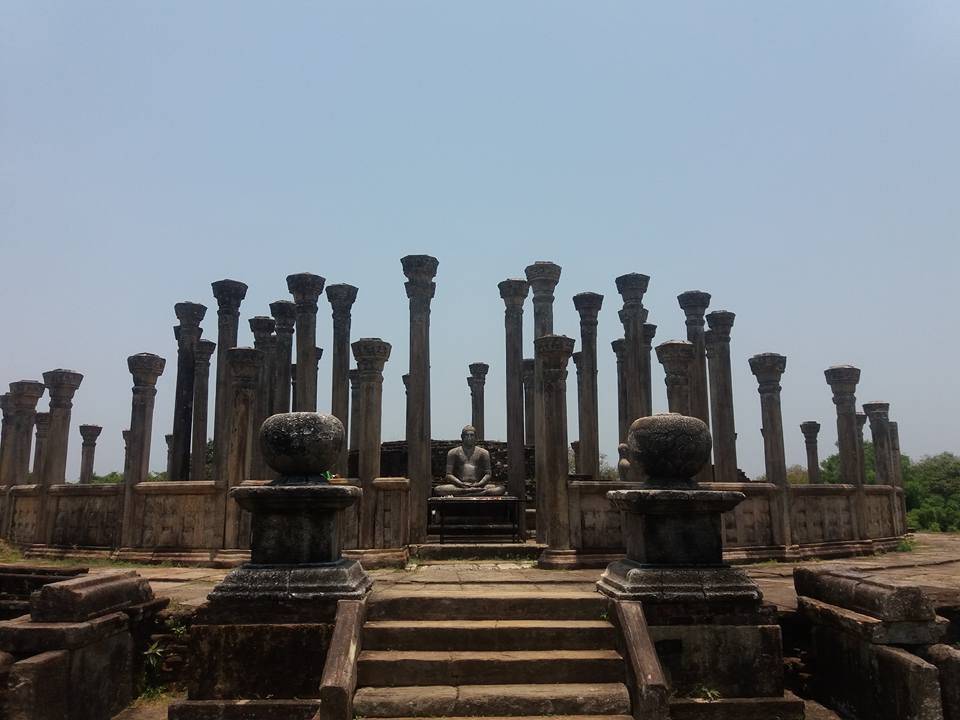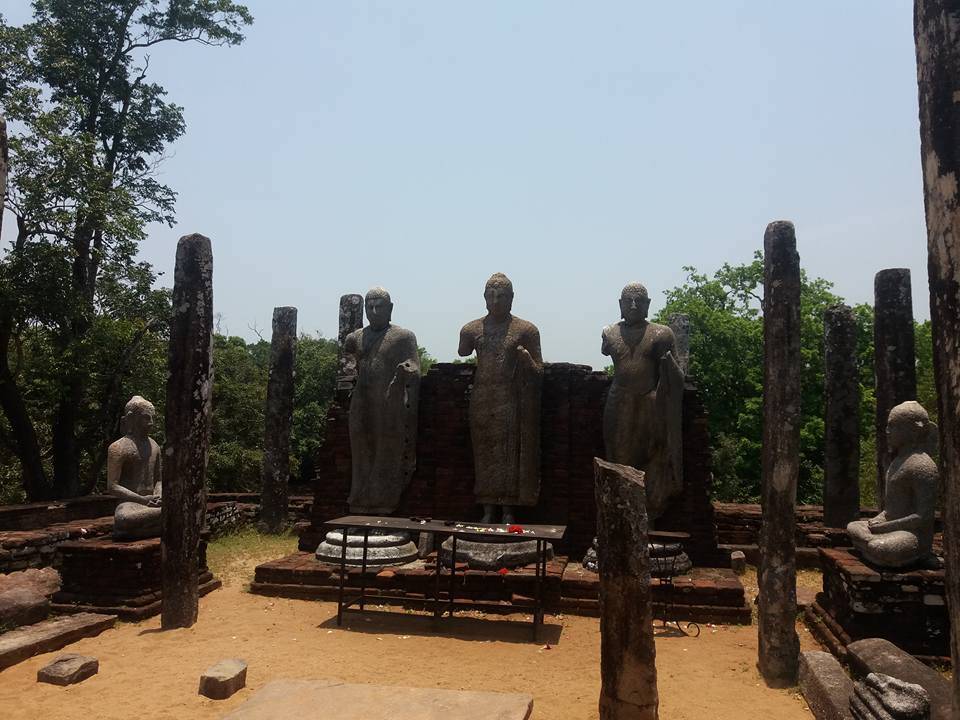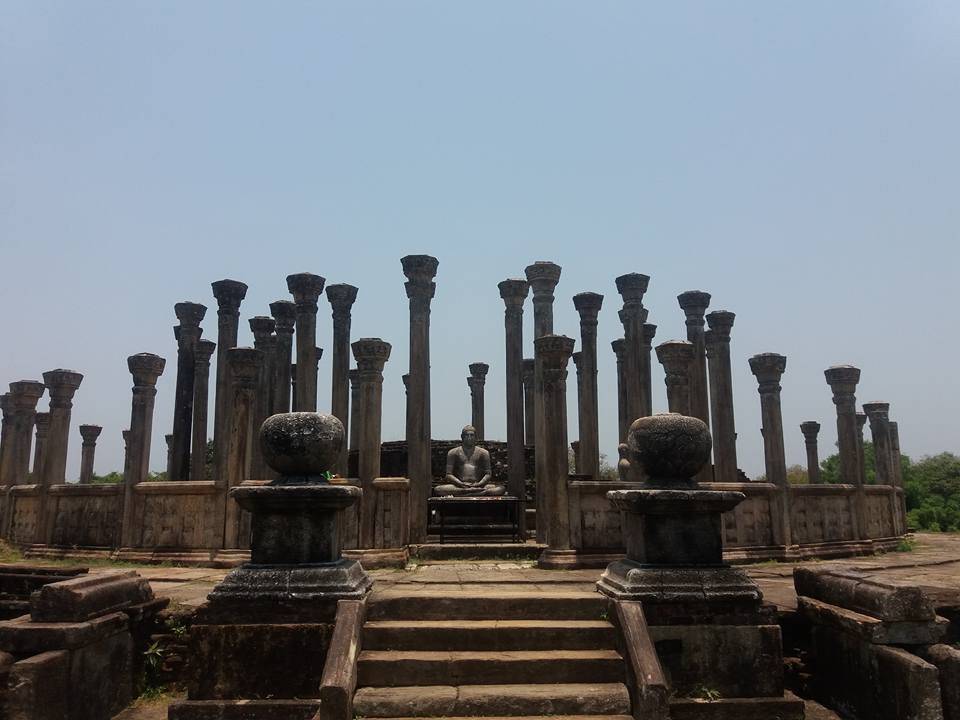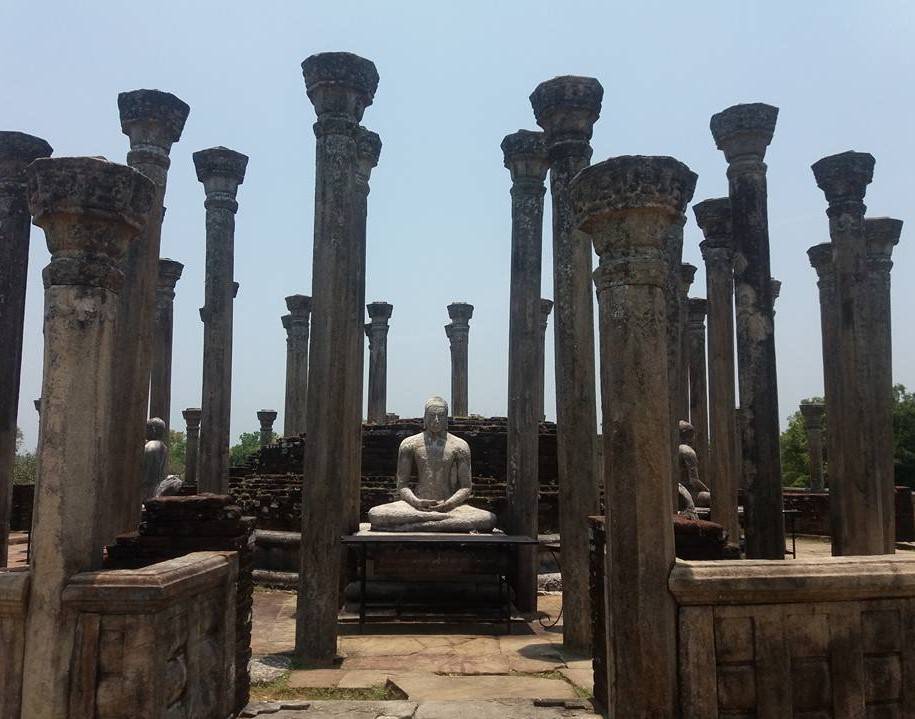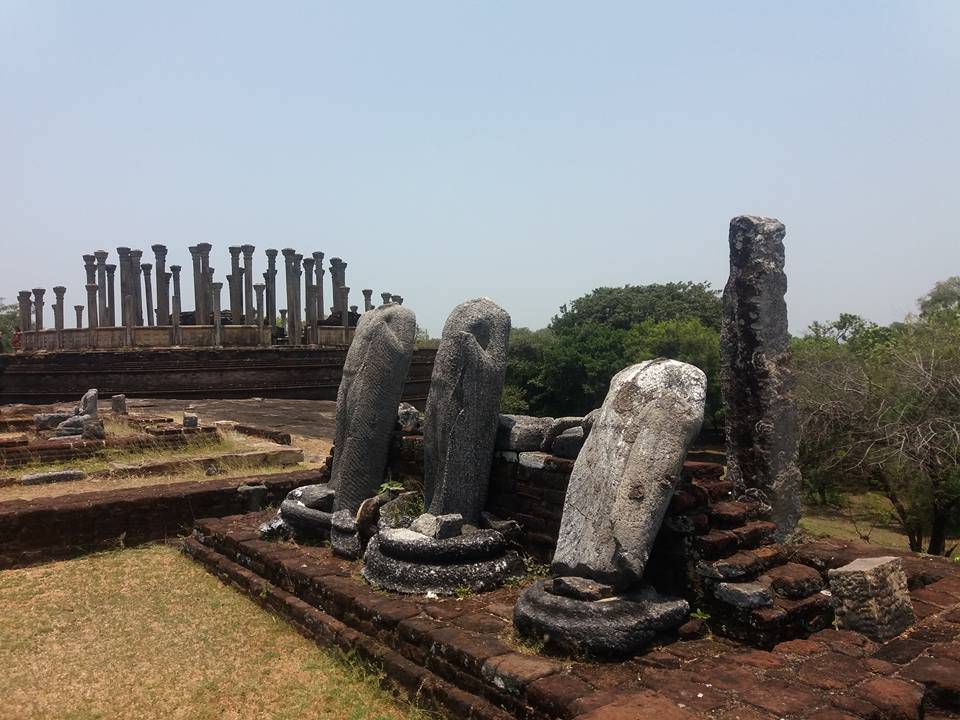Good Morning Travelers,
Welcome back my today's travel blog. Yesterday was very important day to world wide Buddhists. This year we celebrated only since stay home. Covid-19 was huge trouble to everyone's life. Today I'm going to share historical and oldest Buddhism related location where I traveled to explore Medirigiriya vatadage and nearest temple. I found oldest history who were built it and what's purpose behind it.
The Medirigiriya Vatadage is one of the great architectural landmarks of the ancient Sinhalese that adds to the beauty of the environment. There are several Buddha statues in the northwest of the Vatadage. There are several Buddha statues sitting on the throne. Every statues was Buddha's statues and various signs shown by him. That was amazing creations of old architectures. There was so many stone pillars. Those pillars strongest yet.
Not sure who built Medirigiriya. There is no information about it in the chronicles. According to the inscription found in this place, the inscription containing the Brahmi script is clearly one of the oldest places of worship. Medirigiriya is famous for its beautiful vatadage. The Medirigiriya Vatadage is a unique architectural masterpiece of ancient architecture and architecture. It is built on a stone pillar above the ground level and is known for its grandeur.
The Vatadage is built on a circular platform protected by a mound of combs. To get to it, you have to climb a flight of stairs, which is about 10 feet to the north, about 5 feet by 5 feet wide. Entering the outer courtyard of the Vatadage, there are two full stone carvings on either side. There are four steps to enter the Vatadage.
Among the ruins of Medirigiriya is a statue house to the northwest of the Vatadage. There are five large limestone statues. Three of them are standing statues. 2 are the statues that are seated. These have been the victims of various calamities over time and today only the ruins remain.
When examining the history books, it is said that King Vijayabahu I rebuilt this temple in the eleventh century. According to a letter written at the site, it was revealed that there was a well developed shrine and a hospital. The shrine was later emptied after the Sinhalese fled to the south due to 13th century invasions.
>This historical site, isolated amidst a huge forest roof, was built around 1897 by H.C.P. Found by Mr. Bell. In 1939, the area was declared an archaeological reserve. The reconstruction work of this site was started in 1941 and it is clear from the records of Mr. Senarath Paranavitana that it is very difficult to reconstruct this land in the middle of the inhospitable forest with no roads and no drinking water. The malaria epidemic and the 1941 World War have made these activities even more confusing. However, thanks to the dedication and persistence of the archaeological commissioner, Mr. W. E. Fernando, the architect of the Senarath Paranavitana, we have witnessed this beautiful back ground.
Thanks for reading. I hope you'll interesting to read historical place located in nearest popular Polonnaruwa in Sri Lanka. See you later.
